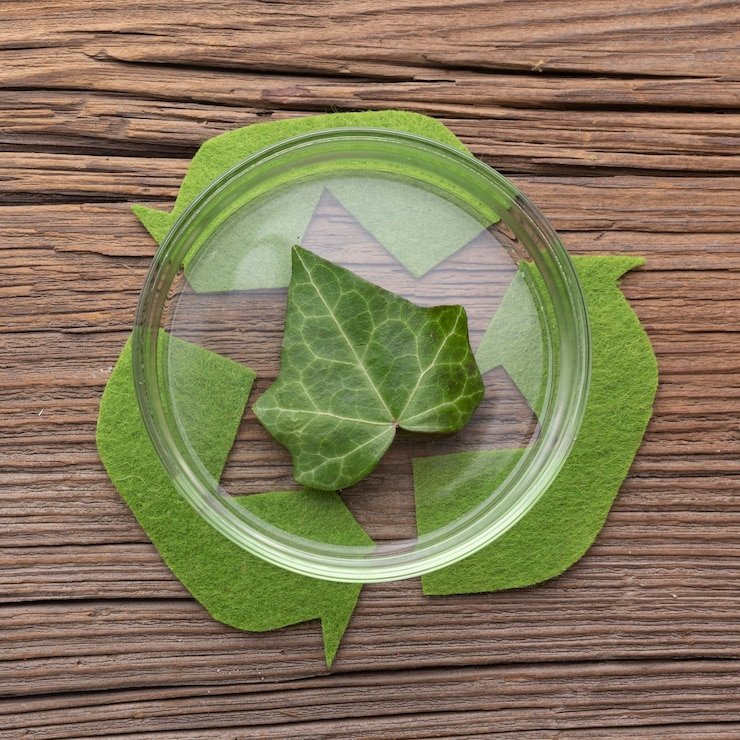Zinc is, in theory, a highly recyclable metal. In practice, however, only a fraction of this potential is realised. While collection and recycling rates for zinc-containing products — particularly in mature markets like the EU and the U.S. — exceed 50%, the share of material that is reprocessed into new refined zinc metal remains low, at roughly 15% globally.
The main obstacle to zinc recycling originates in its largest application — galvanising. This process coats steel with a thin layer of zinc for corrosion protection. Galvanising creates a metallurgical bond between zinc and steel that is difficult and costly to reverse.
When galvanised steel is recycled in Electric Arc Furnaces (EAF), the zinc coating evaporates and oxidises, ending up as zinc oxide (ZnO) in EAF dust. This dust typically contains 10–30% zinc, but it also includes other oxides such as iron, lead, and cadmium, making it hazardous waste that requires special handling and disposal, adding both cost and complexity for steelmakers.
EAF dust can technically be recycled through pyrometallurgical or hydrometallurgical processes, which recover zinc in the form of metal or oxide. Yet these routes are energy-intensive, chemically complex, and economically challenging.
Today, approximately 85–90% of EAF dust is treated — mostly through the high-energy pyrometallurgical route. Hydrometallurgical alternatives, while cleaner, are less established commercially.
In summary, zinc’s primary end use — galvanising — locks it into steel, making separation demanding. Recovering zinc from waste streams such as dusts, sludges, and coated steel often requires high-cost, high-energy processes, which reduce yield and lower the overall recycling efficiency.
Until separation technologies advance further, zinc’s circularity will remain constrained — a reminder that recyclability doesn’t always translate to recycling rates.
MM Markets (mm-markets.com) is tracking developments in Zinc, and we are able to help you navigate the market!




